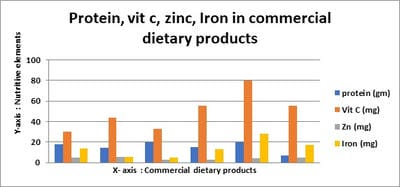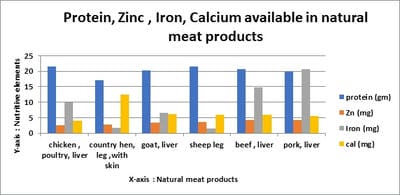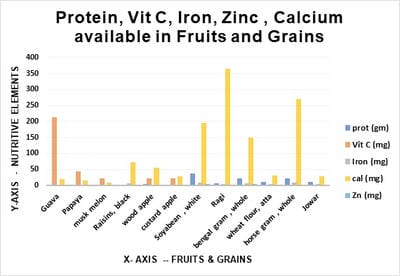Consumption of Commercial Dietary Products over Natural Diet – Impact in COVID Pandemic
Rojaramani K.1, Prakash G.2*, Thulasiram K.3, Sai Mythri Dintyala V.4, Nannam R.5
DOI: https://doi.org/10.17511/ijmrr.2021.i04.07
1 K Rojaramani, Associate Professor, Department of General Surgery, S. V. Medical College, Tirupati, Andhra Pradesh, India.
2* G V Prakash, Professor and Head of Department, Department of General Surgery, S. V. Medical College, Tirupati, Andhra Pradesh, India.
3 K Thulasiram, Associate Professor, Department of Medicine, S. V. Medical College, Tirupati, Andhra Pradesh, India.
4 Venkata Satya Sai Mythri Dintyala, Junior resident, Department of General Surgery, Sri Venkateswara Ramnarayan Ruia Government General Hospital, Tirupati, Andhra Pardesh, India.
5 Rishitha Nannam, Final Year Postgraduate, Department of General Surgery, S. V. Medical College, Tirupati, Andhra Pradesh, India.
Background: An adequate intake of essential minerals like selenium, iron, and zinc and the vitamins A, C, D, E, B6, and B12 are crucial to maintaining a healthy immune function. Commercial dietary products containing a mixture of some of the above-mentioned; nutrients may suffice the specific requirements in definitive groups of populations. The comprehensive impact on the Indian population with consumption of commercial dietary products in addition to natural dietary products; during the Corona Virus Disease (COVID) pandemic was assessed in this study. Methods: A cross-sectional & observational study was conducted in a group of 3699 subjects, who attended the COVID OP Department at Sri Venkateswara RamaNarayana Ruia Government General Hospital, Tirupati from the period of August and September 2020. The subjects were randomly selected and a questionnaire was posed. The data collected were analyzed using Microsoft Excel and SPSS software. Results: The percentage of the population consuming commercial dietary products in addition to natural dietary products was 15.865%. Commonly used natural dietary products by the population were egg& milk products, vegetables followed by fruits. In our study, a significant association between gender and consumption of commercial dietary products was noted. Conclusions: The usage of commercial dietary products in addition to natural dietary products can be recommended in specified population groups. The consumption of commercial dietary products in addition to natural dietary products was significant concerning the female gender.
Keywords: Commercial dietary products, Natural diet, Immunity, Gene – diet interactions
| Corresponding Author | How to Cite this Article | To Browse |
|---|---|---|
| , Professor and Head of Department, Department of General Surgery, S. V. Medical College, Tirupati, Andhra Pradesh, India. Email: |
Rojaramani k, Prakash G V, Thulasiram K, Dintyala VSM, Nannam R. Consumption of Commercial Dietary Products over Natural Diet – Impact in COVID Pandemic. Int J Med Res Rev. 2021;9(4):249-256. Available From https://ijmrr.medresearch.in/index.php/ijmrr/article/view/1317 |


 ©
© 

